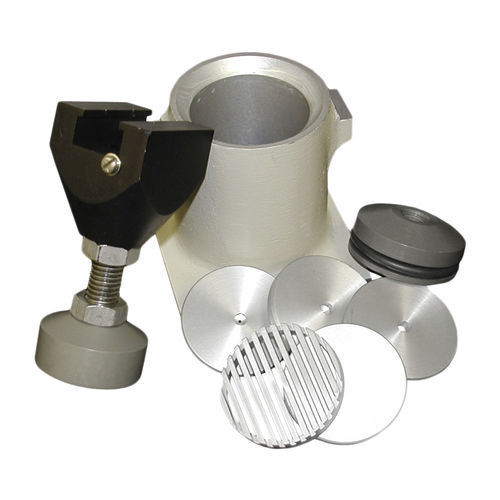

This steady secondary flow becomes wavy at a critical value some 50% higher, and at higher speeds becomes completely turbulent. So that for a relatively large gap viscometer, for instance, with the ratio of radii at 1.25, the critical Taylor Number increases to 1913. A roughening of >10 μm is usually needed, see Figure 5 for some examples of surface profiling. These can be overcome by roughening the surface of the viscometer geometries in contact with the liquid being measured. This usually gives a lower-than-expected viscosity (see below). Even when end effects are eliminated in a well-made viscometer, there can still be wall effects giving real or apparent slip effects.

Other artifacts can also be present, see Figure 4. For instance, in circularly symmetric geometries such as the cone and plate, parallel plate and concentric cylinders, it is possible to set up vortex-like secondary flows that absorb extra energy compared with the primary flow and hence display a higher-than-expected viscosity if not taken into account (see below). These manifest themselves in a number of ways depending on the particular geometry. In all geometries inertia effects can be important. In this case we have shear and extensional flow, plus inertia and time effects present simultaneously, and it is virtually impossible to extract only the shear viscosity as a function of shear stress which is of interest. The best example of this is the flow cup, where liquids runs out from a cup through a given nozzle under the action of gravity. Figure 3. Schematic representation of the layout of typical controlled-stress and controlled-strain viscometers.Ī number of supposedly simple geometries are used to measure viscosity, but although the geometry seems simple, the flow field is not.


 0 kommentar(er)
0 kommentar(er)
